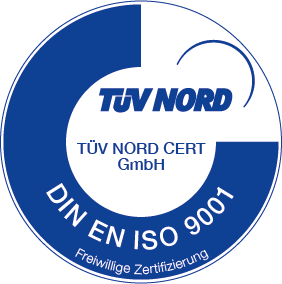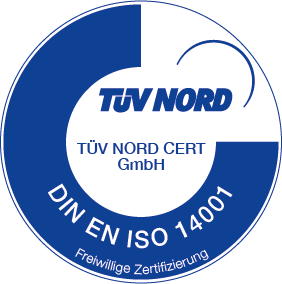The requirements for the quality of electronic products are constantly increasing - the verifiability of traceability and process control are important selection criteria for the awarding of contracts. Likewise, the development costs for these automatic quality monitoring systems must be kept low and corresponding solutions must be as flexible as possible.
Nowadays, the integration of automatic function tests into the production line is no longer a luxury, but is seen as a prerequisite for quality control and compliance with required ISO standards. Nevertheless, test and inspection systems in particular must be cost-effective and at the same time as dynamic as possible in order to be able to adapt to product changes and customer requirements.
You can only create some of this flexibility with a software framework that is as open as possible and supports common, standardized and, above all, beginner-friendly programming languages. Proprietary scripting languages and idiosyncrasies of such frameworks have long been a thing of the past. No company wants to waste time and money on training for its own scripting and programming languages. Likewise, external libraries and tools must be able to be quickly and easily integrated into the existing test application, since product developers have often already developed their own libraries and small auxiliary tools to test their product development in the laboratory.
Another essential point is a dynamic architecture of the test bench software. It must allow new variants of already existing assemblies to be supported and test programs to be made available with just a few mouse clicks, without any further programming effort. Instead of programming software for all the different variants and versions in a time-consuming manner, the programming only has to be done once. Different settings, such as different voltage supplies (for example 230V, 220V or 120V) or complex interconnections must be able to be stored as dynamic parameters specific to the assembly.
In addition to this flexibility and dynamism, the customer must be given a way to evaluate the production and test data. The software must make it possible to search test data by serial number and date, call up the data and view it retrospectively. Likewise, there must be a way to check the quality of both the test bench and the products. The manual copying of test data to Excel with manual evaluation by inserting complex formulas is no longer up-to-date and must already be carried out automatically by the test stand software.
The PROMED Test Suite, developed in-house, is our solution for the above requirements. It is constantly being further developed in order to adapt to changes in the industry and to meet the growing requirements. Test concepts can thus be implemented cost-effectively, quickly and, above all, in a modern and future-oriented manner. In addition to our test bench software, we also offer customized turnkey solutions for your specific requirements. Please contact us!





